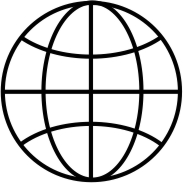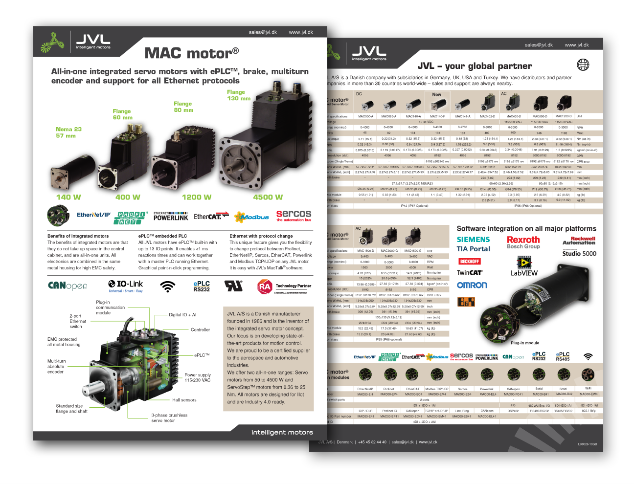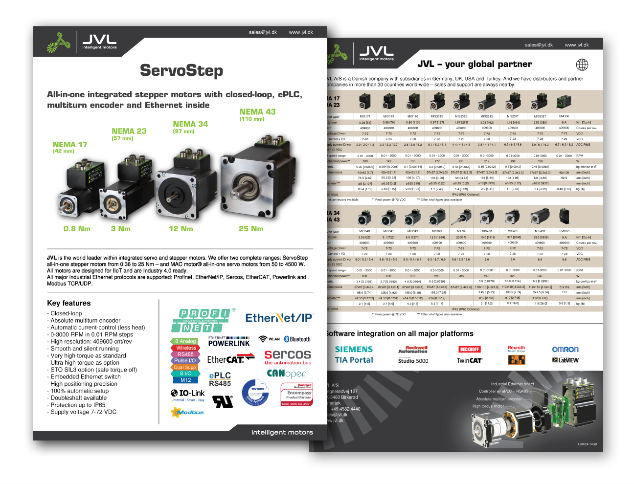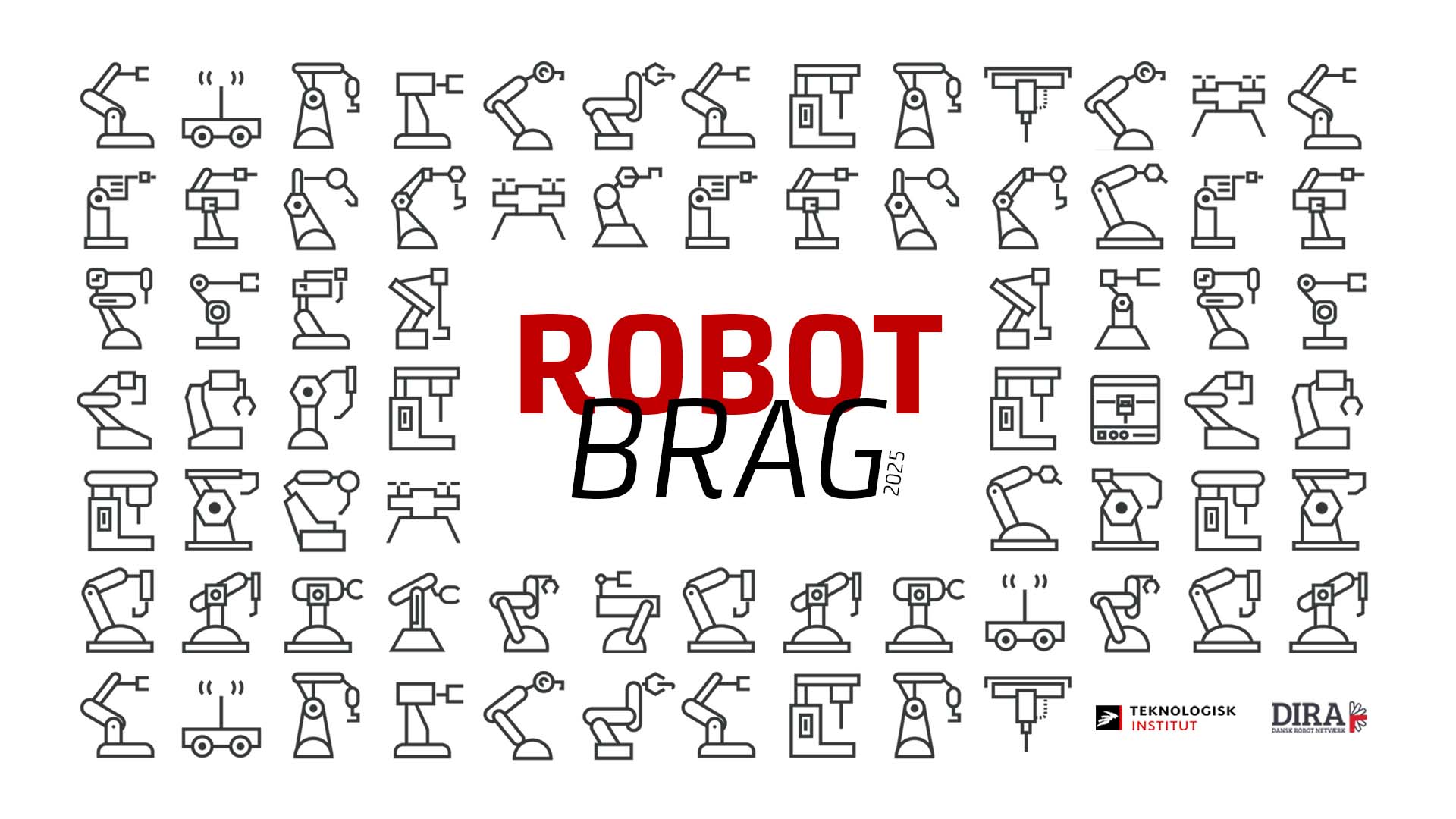
More Information about SMD41 and SMD42
|
Additional features
One of the Drivers provides step resolutions of Full, Half, 1/4 and 1/8 ministeps/step, the other a selection of 10, 25, 50 or 125 ministeps/step thus providing resolutions of up to 25,000 steps/revolution. Supply 20-80VDC (SMD41), 20-160VDC (SMD42) For optimum performance with different motor types, 4 selectable current profiles are built in. The Drivers provide automatic switching between operating and standby currents, optically |
isolated inputs for step-pulse and direction signals, and control inputs for operating/standby current. There is an error output for temperature and short-circuit conditions and a special Power Dump output for overload protection. As standard, the Ministep Drivers are constructed for mounting on a heat sink or a machine in proximity to the motor, thus avoiding long motor cabling. The Drivers can also be supplied mounted on a heat sink or for mounting in Eurocard racks. |
Type Overview
|
Overview of SMD41/42 Driver Series |
|||
|
Motor Current (per phase) |
Ministeps per full-step |
||
|
1/2/4/8 |
10/25/50/125 |
||
|
3 Amp./RMS |
SMD41A3 |
SMD41A2 |
|
|
6 Amp./RMS |
SMD41B3 SMD42B3 |
SMD41B2 SMD42B2 |
|
|
9 Amp./RMS |
SMD41C3 SMD42C3 |
SMD41C2 SMD42C2 |
|
|
Motor Step Resolution
All JVL Drivers operate using the Bipolar Chopper principle and have a 2-phase motor output. The Drivers are used both with 2-phase and 4-phase motors, the latter being connected with the phases in parallel so they appear as a 2-phase motor to the Driver. This facilitates simple driver construction. In Full-Step operation, step motors typically provide a resolution of 200 steps per revolution, i.e. each step is 1.8 degrees (360 degrees/ revolution).
. |
By operating the motor in Half-Step mode, 400 steps/revolution can be achieved (0.9 degrees/step). All JVL Drivers can be operated in Half-Step mode. Even greater resolution can be achieved by further subdivision into 1/4, 1/8 steps etc. Some JVL drivers can also be operated in 1/4 and 1/8 step-mode. Similar results can be achieved using motors with an increased number of phases but this makes the Driver unnecessarily complicated and more expensive compared with the purely electronic solution to smoother and more precise motor control the Ministep Driver. |
JVL A/S Bregnerødvej 127 DK-3460 Birkerød Denmark
Tel: +45 4582 4440 Fax: +45 4582 5550 E-mail: jvl@jvl.dk
Tel: +45 4582 4440 Fax: +45 4582 5550 E-mail: jvl@jvl.dk













